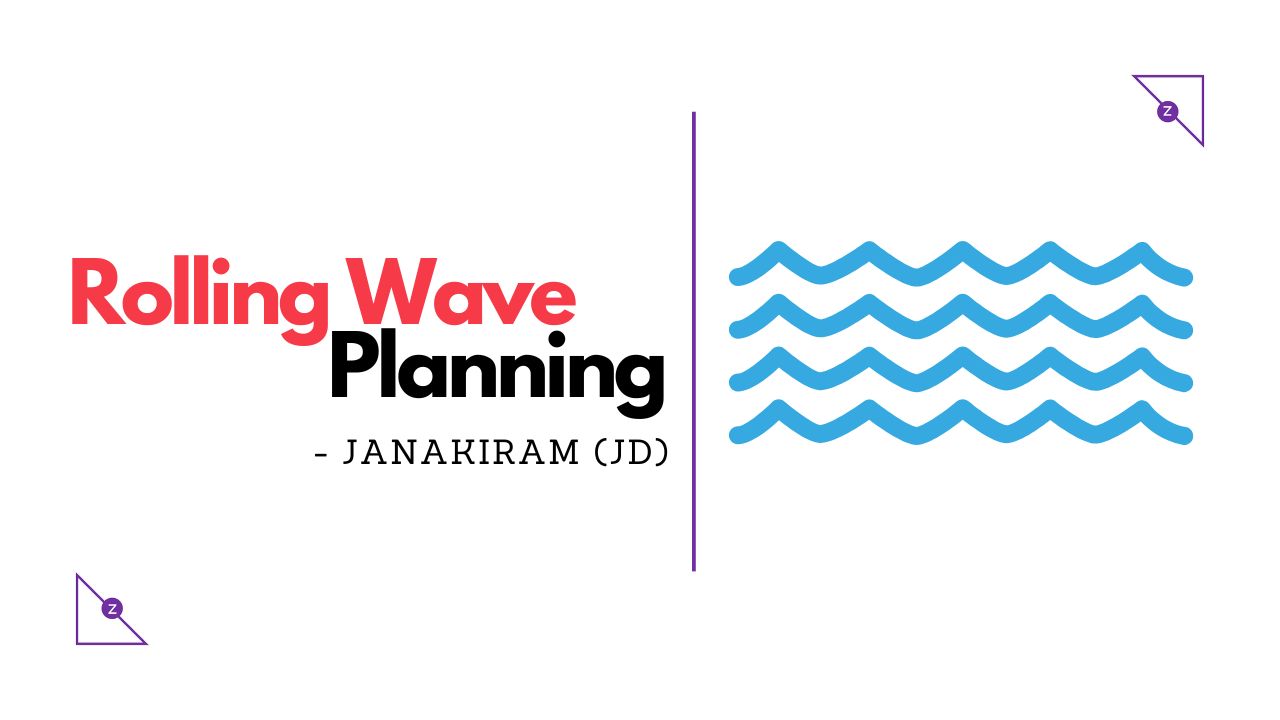Rolling Wave Planning (RWP) is a project management technique that allows for detailed planning of immediate project phases while leaving future phases to be planned at a later date. This method acknowledges that not all project details are known from the start and adapts to the evolving nature of projects. This blog will explore the concept of rolling wave planning, its benefits, implementation steps, challenges, and best practices.
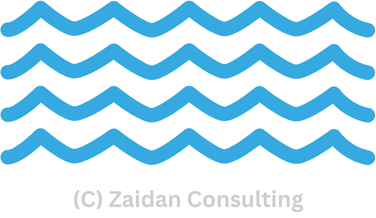
What is Rolling Wave Planning?
Rolling Wave Planning is an iterative project management approach where the project is planned in waves. Initial phases are planned in great detail, while later phases are outlined at a high level. As the project progresses, details for the upcoming phases are refined and developed. This technique is particularly useful for complex projects where requirements may evolve over time or where information becomes available incrementally.
Benefits of Rolling Wave Planning
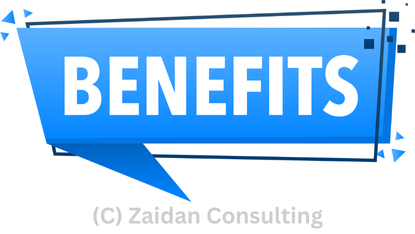
- Flexibility: Allows project managers to adapt to changes and new information as the project progresses.
- Focus: Enables detailed attention to the most immediate tasks and phases, improving accuracy and resource allocation.
- Risk Management: Early identification of potential risks and issues, allowing for proactive mitigation strategies.
- Resource Optimization: Better allocation and utilization of resources by focusing on near-term activities and adjusting as the project evolves.
- Stakeholder Engagement: Continuous involvement of stakeholders, ensuring their input and feedback are incorporated throughout the project lifecycle.
Implementation Steps
1. Initial Planning:
- Define the project scope and objectives.
- Identify high-level milestones and deliverables.
- Develop a detailed plan for the first phase or wave of the project.
2. Progressive Elaboration:
- As the project progresses, gather additional information and refine future phases.
- Update the project plan with detailed activities, timelines, and resources for the upcoming phase.
3. Execution and Monitoring:
- Execute the current phase according to the detailed plan.
- Monitor progress, track performance, and adjust plans as necessary.
- Regularly review and update the project plan to reflect new insights and changes.
4. Continuous Feedback Loop:
- Engage with stakeholders regularly to gather feedback.
- Use feedback to inform and adjust future planning waves.
- Maintain open communication channels to ensure alignment with project goals and stakeholder expectations.
Challenges of Rolling Wave Planning
- Uncertainty: The future phases may still hold uncertainties, making it challenging to plan accurately.
- Resource Management: Balancing resources between immediate and future needs can be complex.
- Stakeholder Alignment: Keeping all stakeholders aligned with evolving plans requires effective communication and transparency.
- Documentation: Maintaining comprehensive and up-to-date documentation throughout the project lifecycle is crucial but can be time-consuming.
Best Practices for Rolling Wave Planning

- Clear Vision and Scope: Establish a clear project vision and scope from the outset to guide all phases of planning and execution.
- Incremental Detailing: Break down the project into manageable phases and progressively elaborate details as more information becomes available.
- Regular Reviews: Conduct regular reviews and updates to the project plan, incorporating lessons learned and feedback from stakeholders.
- Effective Communication: Maintain open and transparent communication with all stakeholders to ensure their expectations and requirements are met.
- Risk Management: Continuously identify, assess, and mitigate risks throughout the project lifecycle.
- Agile Methodologies: Consider integrating agile methodologies with rolling wave planning for projects that require high adaptability and quick response to changes.
Case Study: Rolling Wave Planning in Action
- Project Overview: A software development company is tasked with creating a new customer relationship management (CRM) system. Given the project’s complexity and evolving requirements, the project manager decides to use rolling wave planning.
- Initial Phase: The team starts by defining the project’s overall scope and objectives, identifying high-level milestones such as the completion of the core CRM functionalities, integration with existing systems, and user training. They then develop a detailed plan for the first phase, focusing on requirements gathering and initial system design.
- Progressive Elaboration: As the project progresses, the team gathers more detailed requirements from users and stakeholders. They update the project plan to include specific features and functionalities for the next phase, such as the development of a user interface and database integration.
- Execution and Monitoring: During each phase, the team executes the detailed plan, monitors progress, and makes adjustments as needed. Regular meetings with stakeholders ensure that their feedback is incorporated, and any changes in requirements are addressed promptly.
- Continuous Feedback Loop: Throughout the project, the team maintains a continuous feedback loop with stakeholders. This approach allows them to adapt to new information, refine future phases, and ensure that the final product meets the users’ needs and expectations.
Conclusion
Rolling Wave Planning is a dynamic and adaptive project management approach that allows for detailed planning of immediate tasks while accommodating future changes and uncertainties. By focusing on near-term activities and progressively elaborating on future phases, project managers can improve flexibility, resource allocation, and stakeholder engagement. While it presents challenges, implementing best practices such as clear communication, regular reviews, and effective risk management can help maximize the benefits of this approach. Whether managing a complex software development project or navigating any evolving initiative, rolling wave planning offers a structured yet flexible path to project success.
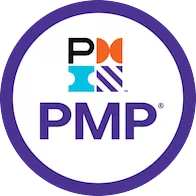
Our PMI® PMP®-Prep Course
If interested in this course, click here
- Case study based training
- LIVE instruction 36 Hours
- Post course guidance
- Exercise per topic
- 4 Mock exams for practice
- WhatsApp group support
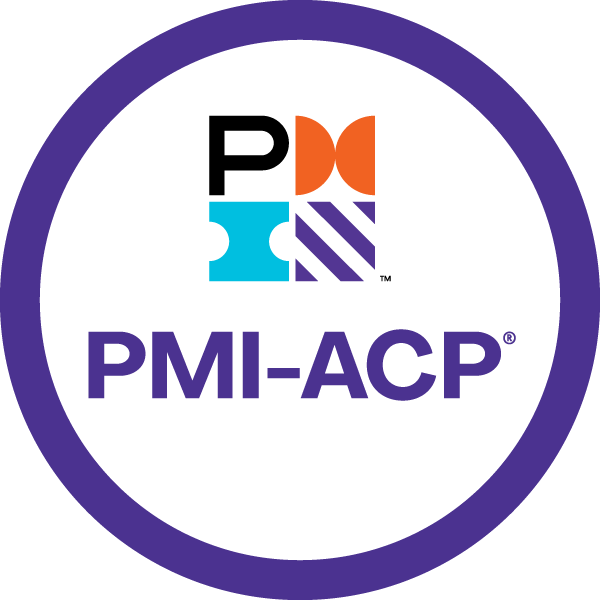
Our PMI® ACP®-Prep Course
If interested in this course, click here
- WhatsApp group support
- 4 Mock exams for practice
- Exercise per topic
- LIVE instruction 20 Hours
- Post course guidance
- Case study based training

JD (Coach/Instructor/Writer)
JD (a.k.a Janakiram) is a Project Management Coach, Trainer Author and Practitioner @Zaidan Consulting. He comes with around 17+ Years of experience primarily from the Software Industry. He is certified on PMI® PMP®, ACP®, Scrum Alliance CSM and Microsoft Certified Solution Developer on C#.NET. He has also authored the book “Practical Agile for Beginners”

About Zaidan Consulting
Zaidan Consulting are specialists in Project and Program Management space. Our training offerings include:
- Project Management Training
- Agile Training
- PMI®-ACP® Prep Training
- PMI®-PMP® Prep Training
- PMI®-CAPM® Prep Training
- ScrumStudy™ Authorized Training Partner (A.T.P)
Or you can contact us @+(91) 7672011471
Or Email us: contact@zaidanconsulting.com
